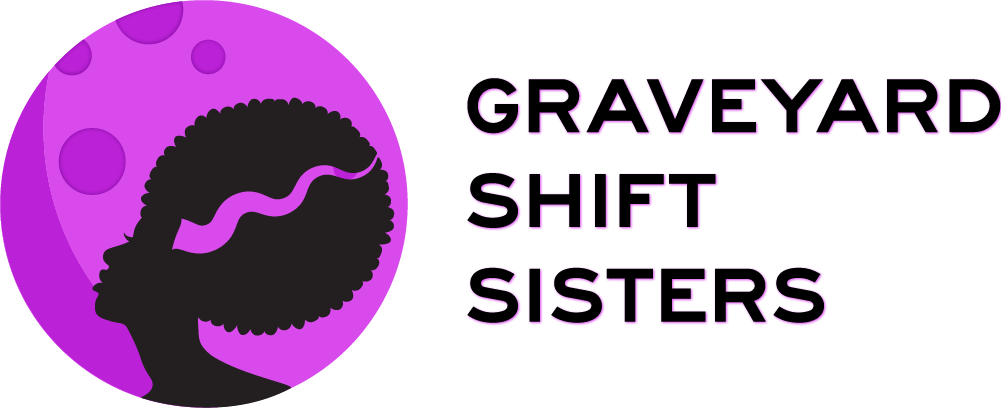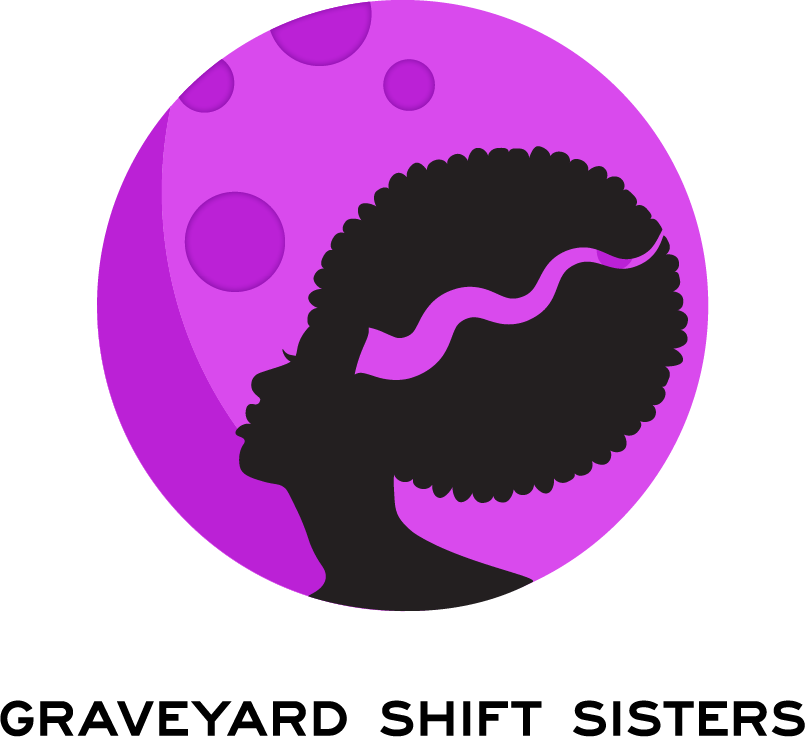Writer Helen Oyeyemi's Haunting Tale Of Beauty, Horror, & Race
If you’re a woman who has ever squeezed her feet into high heels, spent a Saturday in the hot, chemically scented air of a beauty parlor, or had hot wax poured then ripped off some of her more sensitive areas, then you’ll immediately recognize the theme of Helen Oyeyemi’s novel boy, snow,bird: beauty and horror are all intertwined. The literary critic Wolfgang Kayser once described how the grotesque the images that repel and repulse us grow even more horrifying when juxtaposed with the sublime, those images we exalt. It’s no coincidence that Oyeyemi does the same.
In her retelling of Snow White, Oyeyemi exposes the undercurrents of racism and terror ripping through the familiar fairytale the frostily beautiful queens of her narrative inflict emotional pain in a landscape inundated with images of rats and spiders, fear and tragedy. Oyeyemi’s contemporary setting, juxtaposing African and African American folklore, and references to western psychology and contemporary media mark her novel as a masterwork of AfroSurrealist horror fiction.
Oyeyemi sets boy, snow, bird in a real and recognizable world, but her melding the Grimms Brothers’ stories with African and African American folktales including allusions to Anansi the Spider (a legendary trickster figure in African folktales) and black folk heroes Annie Christmas and John the Conqueror) create a surreal effect. In addition to referencing folklore, boy, snow, bird abounds with references to psychology. She uses Freud’s theories about the uncanny to special effects in television and film. There are references to the television shows such as Bewitched and The Twilight Zone. Boy, one of the novel’s central characters, has the surname Novak, a reference to Kim Novak, the actress of Alfred Hitchcock’s Vertigo. The result of these references? Oyeyemi forces us to understand that race is based on what we think we see, even as our eyes willfully deceive us. As readers, we begin to view race and beauty as optical illusions.
Along with an interest in folklore, psychology, and contemporary media, boy, snow, bird pushes to the forefront another AfroSurrealist obsession: the role of beauty in our lives. Snow, one of Oyeyemi’s main characters, is black but “appears” white; her Eurocentric beauty makes her both recognized and feared. Snow is often rejected, dismissed, as is Bird, Snow’s equally beautiful mother. For instance, Snow describes that when people look closely at her, they are frightened and view her as a vampire; they think of “clinics and ice baths” (208). Based on the reactions of those around them, we can assume not only that there is something monstrous about Snow and Bird’s beauty but there is something unsettling about all beauty, a point Oyeyemi herself makes in a 2012 interview:
[O]ne of my biggest problems with Snow White is the way everyone just believes what the mirror says. A more modern heroine, say post 1920s, would be asking a few questions about the fairest of them all statement. For instance, on what criteria is the mirror basing this judgment, and what’s the source of the mirror’s authority?
Like other AfroSurrealists, Oyeyemi investigates the strange and uncanny, as her allusions to cinema and folklore forces her readers to question many of society’s accepted notions about beauty, horror, and race.
Sources:
Hendrix, Jenny. “Best Books of 2014: Helen Oyeyemi.” Kirkusreviews.com. Kirkus Media LLC. 17 Nov. 2014. Web. 28 Dec. 2015. Kayser, Wolfgang. The Grotesque in Art and Literature . Bloomington: Indiana UP, 1963. Print. Oyeyemi, Helen. boy, snow, bird . New York: Penguin, 2014.
Image: Silhouette of a little girl with lantern walking towards a jack-o'-lantern at dusk By Saptak Ganguly

